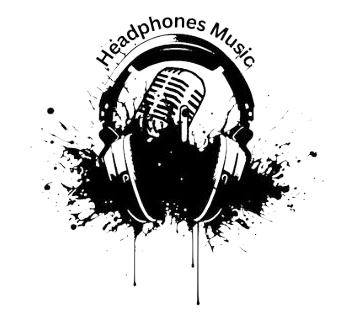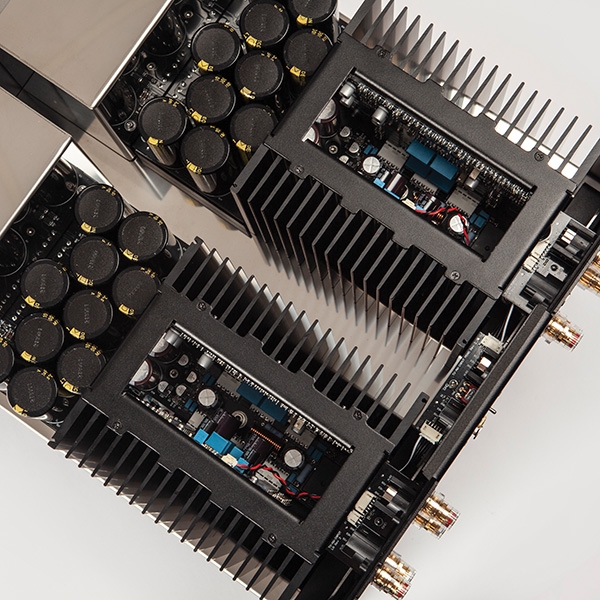Review of HiFiMAN Edition XS – Compared to Ananda and HE1000 V2 [updated measurement]


Review of HiFiMAN Edition XS
Edition XS – see measurements here, extra comparisons with HE6SE V2 and GL2000; measurement of third-party pads
In a nutshell, the tuning is open and airy while leaning somewhat toward the bright side; mid-range sounds sound less forward or forceful due to the typical Hifiman drop at roughly 1-3 kHz. The layering and separation are superb. Highly versatile, able to play a variety of musical styles. One notable feature for the price range of about US$500 is the excellent bass extension.
Positives: well-balanced tone; rather competent technically; comfortable; value for money;
Disadvantages: unimpressive design; moderate brightness; low sensitivity; unimpressive aesthetics;
Comparing to the Ananda
Toanlity:
Pretty much the same. Distinctions are less noticeable in the upper and middle frequencies, but stand out in the lower bass. The XS has great bass punch and presence in addition to outstanding extension. The result is a more robust sound in the XS compared to the Ananda, which is lighter and more delicate. I suppose it’s just a matter of tuning preference, but some folks find the Ananda too ethereal. While I prefer the Ananda for instrumental music, particularly new-age styles, I find that the XS is better for singing.
Details (for the most ardent objectivists, please disregard):
These two are quite good. While the Ananda has a little larger soundstage, the XS maintains the characteristic openness and spaciousness of the Hifiman egg-shaped planar line. It may be because the XS has more bass, but I find that punch and smash are harder on it. Thus, the Ananda might also provide the impression of a more distinct tone. Since the two instruments share a diaphragm and the majority of their structure, it is not surprising that their layering and instrument separation are comparable. In my opinion, there aren’t any major distinctions here.
Comparing to the HE1000 V2
Not much of a surprise, but the technicalities are all taken care of. Considering the budget, the Edition XS pulls out layering, separation, and “resolution” flawlessly. In terms of spatial attributes, the HE1000 V2 remains head and shoulders above the competition, boasting a massive soundstage and rock-solid imaging.
The XS’s imaging is reasonably solid and clear, so I’m not claiming it’s bad; it’s just not as lifelike as the HEK. While the HEK has more forward energy, the XS maintains its ground with its softer and mellower tune. In my opinion, the XS is HEK’s “well-tempered” sibling. There is a noticeable disparity in the XS’s punch and impact compared to the HEK, even if the XS’s bass reaches deep. If you’re looking for a high-end model that can replicate cymbal hits like HEK, the XS isn’t going to cut it.
The bright side is that, in comparison to the HEK, the XS has a far more laid-back tone. The HEK’s high treble elevation makes some badly mastered records sound harsh, but the vocals are smoother. The HEK tuning has its advantages and disadvantages. On one hand, it produces engaging and exciting instrument playback.
On the other hand, voices might sound overly bright at times. The difference between the XS and the HEK at roughly 10–11 kHz is about 4-5 dB, which is a lot and definitely audible, but it is difficult to discern at a glance due to the HEK’s elevation between 6–8 kHz and the upper treble. Even fewer instruments use these frequencies, and even fewer use them for voices, although they are occasionally mixed and boosted in this way.

Endnote:
it’s safe to assume that the XS hifimans’ tuning is the most aesthetically pleasing. These are versatile enough to be used with any kind of music—classical, pop, rock, jazz, you name it. If I had to select one thing, it would be that these aren’t the best choice for electronic dance music, punk, or rap. Instead, try Focals. The XS is a good performer with reasonable technicality and balanced tune; it’s worth about $500, in my opinion.







